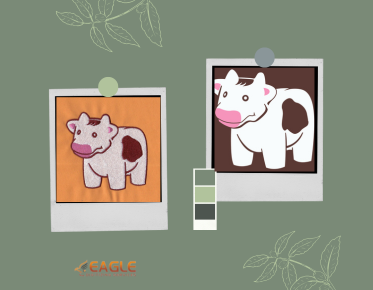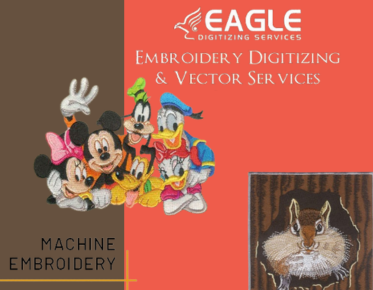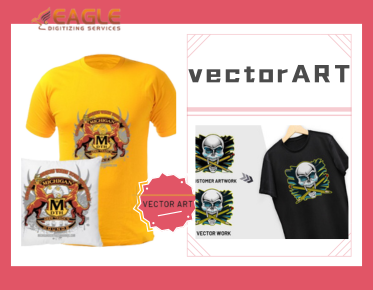Key to Enhancing Productivity: The Application of Embroidery Services and Vector Art Design in the Manufacturing Industry
In the ever-evolving landscape of the manufacturing industry, the integration of innovative techniques such as embroidery digitizing and vector art design has become pivotal. These technologies not only enhance the aesthetic appeal of products but also significantly boost productivity and efficiency. As manufacturers strive to meet the growing demands of customization and precision, the role of these services becomes increasingly crucial.
The Role of Embroidery Services in Manufacturing
Embroidery services have transcended their traditional boundaries, becoming a cornerstone in modern manufacturing. The precision and detail offered by embroidery digitization allow manufacturers to create intricate designs that were once thought impossible. This technology converts artwork into a digital format that embroidery machines can read, ensuring consistency and quality across large production runs.
Enhancing Product Appeal
Embroidery adds a touch of elegance and professionalism to products, making them more appealing to consumers. Whether it's corporate apparel, promotional items, or fashion garments, the detailed work of embroidery can elevate a product's perceived value. This is particularly important in competitive markets where differentiation is key.
Efficiency and Cost-Effectiveness
By automating the embroidery process, manufacturers can reduce labor costs and minimize errors. The use of embroidery design software allows for quick adjustments and modifications, saving time and resources. This efficiency translates into faster turnaround times and the ability to meet tight deadlines without compromising on quality.
Vector Art Design: A Game Changer
Vector art design is another technological advancement that has revolutionized the manufacturing industry. Unlike raster images, vector graphics are scalable without losing quality, making them ideal for a variety of applications from small logos to large banners.
Precision and Versatility
Vector art allows for precise control over every aspect of a design, from color to line thickness. This precision is crucial in manufacturing, where even the smallest detail can impact the final product. The versatility of vector graphics also means they can be used across different media, ensuring brand consistency.
Streamlining Production Processes
With vector art, manufacturers can streamline their production processes. Designs can be easily modified and adapted to different products, reducing the need for multiple design files. This not only saves time but also reduces the risk of errors during production.
Integrating Embroidery and Vector Art in Manufacturing
The integration of embroidery and vector art design in manufacturing processes offers a comprehensive solution for creating high-quality, customized products. By leveraging these technologies, manufacturers can enhance their product offerings and improve operational efficiency.
Customization and Personalization
Consumers today demand products that reflect their personal style and preferences. The combination of embroidery and vector art allows manufacturers to offer a high degree of customization, from personalized logos to unique design elements. This capability is a significant competitive advantage in today's market.
Future Trends and Innovations
As technology continues to advance, the potential applications of embroidery and vector art in manufacturing are vast. Future trends may include the integration of AI and machine learning to further enhance design capabilities and production efficiency. Manufacturers who embrace these innovations will be well-positioned to lead in their respective industries.
In conclusion, the application of embroidery services and vector art design in the manufacturing industry is a key driver of productivity and innovation. As these technologies continue to evolve, they will undoubtedly play an even more significant role in shaping the future of manufacturing. Eagle Digitizing excels in providing professional embroidery digitizing services, ensuring every design is crafted with unmatched precision.



